After the better part of a year since Tekken 8‘s launch, the game’s competitive landscape has stabilized with new character releases continuing to add layers to its meta. A polarizing character since her reveal, Reina initially gained a reputation as a possible stand-in for Heihachi Mishima following his presumed death. With his return as Tekken 8‘s third DLC fighter, however, the unique nature of Reina’s blended style of martial arts has become clearer.
The presence of several key Mishima Style Fighting Karate moves from Tekken caused Reina to be immediately associated with Heihachi when she was first showcased, but she has since set herself apart as an experimental take on the known Mishima archetype. Her reliance on stance transitions and fast offense has also drawn comparison to Lidia Sobieska, but that fighter’s eventual appearance as a Tekken 8 DLC character only further highlighted that Reina’s Taido influences have largely provided her with a style of her own.
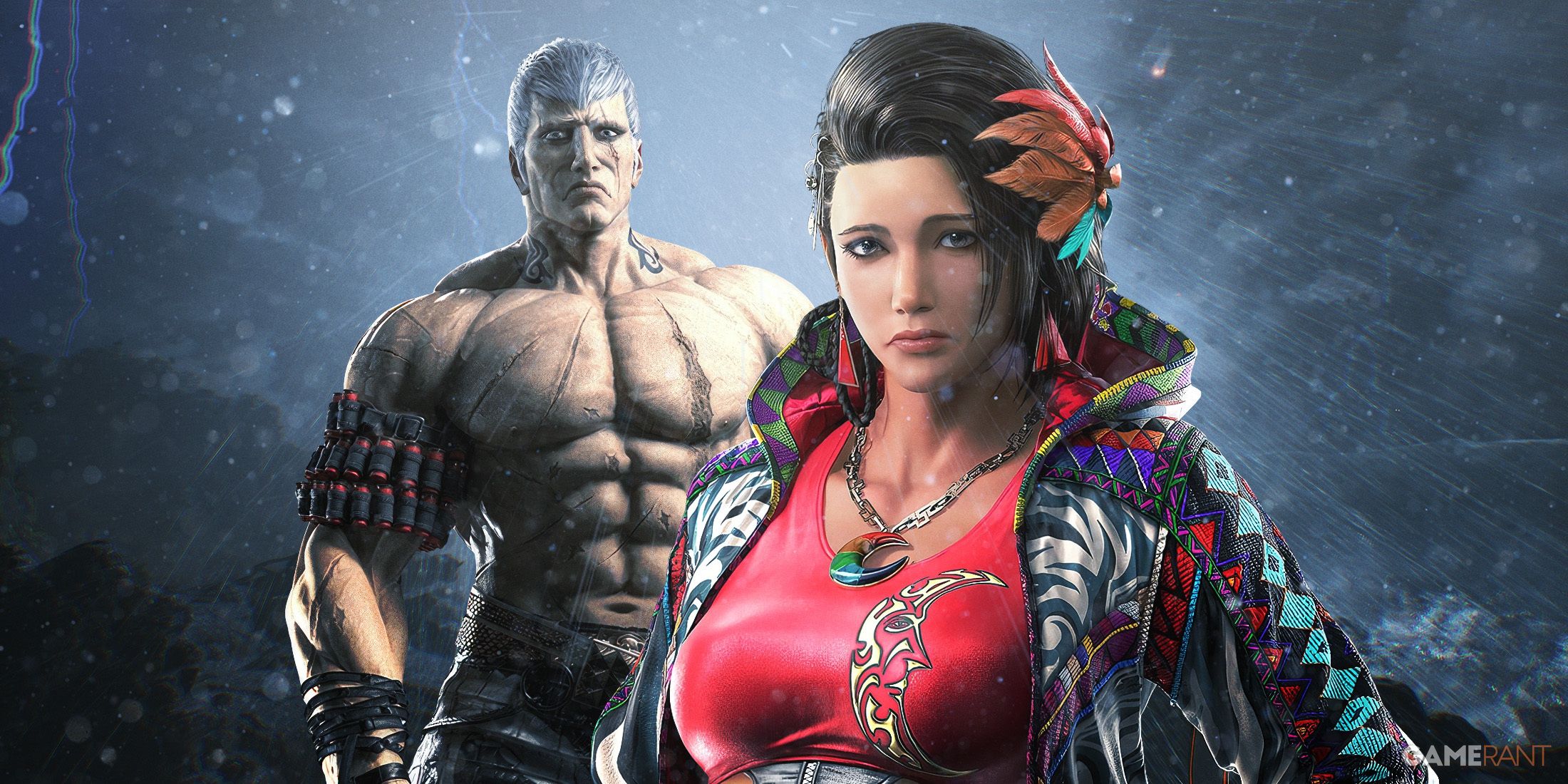
Related
Tekken Would Be Leaving a Goldmine Untapped without a Classic Collection
Now that several popular fighting game franchises have received retro collections, Tekken deserves its own nostalgic releases.
Reina’s Take on the Mishima Style and Its Origins
The Initial Status as Tekken 8’s Answer to Heihachi
The inclusion of several hallmark moves from Heihachi’s kit marked Reina as his successor when T8 was first released. Featuring her own version of moves like the Wind God Fist, Spinning Demon, and Electrics with similar properties, it’s easy to see that she pays homage to her alleged father. Despite these iconic techniques, her difference as more of a long and mid-range fighter makes it inaccurate to classify her as a legitimate Mishima style user like Tekken 8‘s Heihachi. She lacks the upfront offensive prowess of Heihachi’s relentless potential and the methodical planning of Kazuya’s focus on knocking opponents down, with moves like Reina’s Electric War God Kick being deceptively tough to execute reliably.
Diverging from the Hachijo Clan Implications of Unforgotten Echoes
The release of Heihachi Mishima in Tekken 8 has come with new lore that vaguely implies Reina could be a surviving member of the clan, or at least derived from it. Despite that possible tie to Kazumi of T7, the approach of playing Reina couldn’t be more opposed. They may both be attempts at a female Mishima family member, but Kazumi’s focus on fundamentals within a limited yet powerful moveset deeply contrasts with Reina’s far wider arsenal of more situational options and ability to smoothly weave between them.
Taido Forms the Real Foundation for Reina’s Approach to Martial Arts
A Crossroads Between Graceful Evasion and Aggression
The core of Reina’s gameplay is actually based in a martial art known for its emphasis on acrobatic movements and outmaneuvering opponents known as Taido. Her Unsoku stance doubles as a manual backstep and prelude to several follow-ups, one of which being a further transition into her forward-moving Sentai stance, which itself can go into Heaven’s Wrath stance through the Inverse Deva Laser move. These all have their own relationships to the classic Wind God Step crouch dash and its Mishima style follow-ups, but the unpredictable fluidity of Reina’s set of options in Tekken 8 can significantly alter the application of those moves.
Instead of relying more heavily upon one side of her moveset or the other, Reina demonstrates a competent fusion of Mishima brute force and the precision required by Taido. After several balance changes have largely made her even more difficult to play at a high level, succeeding takes knowledge of the synergy between the rhythm of all her stances and how their follow-ups relate to various committal moves like the Lightning Splits Kick. Her brash personality and foreboding presence make the raw Mishima power of Tekken‘s Reina clear, but her offensive abilities only truly shine when combined with the far safer set of Taido techniques at her disposal.
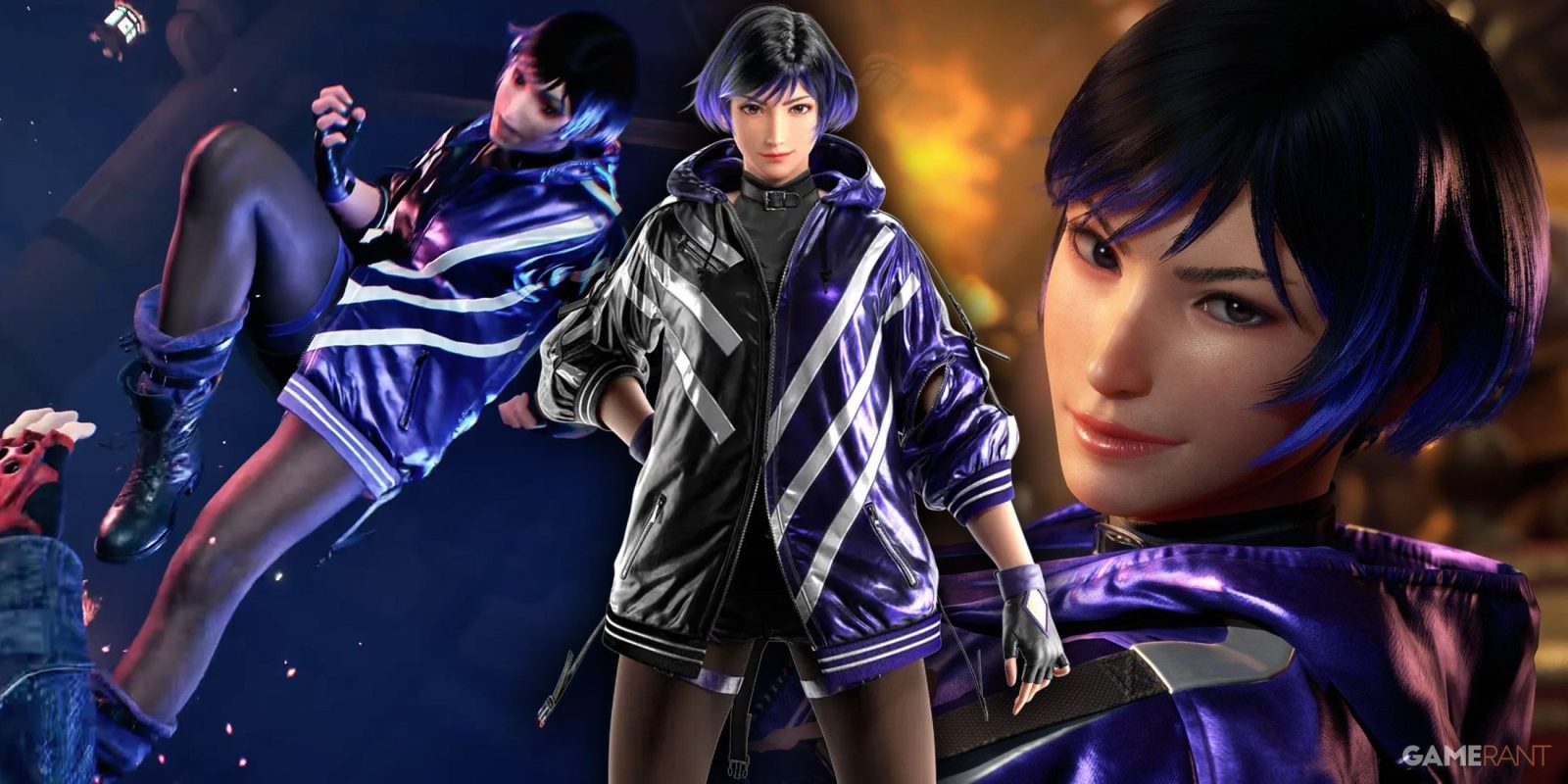

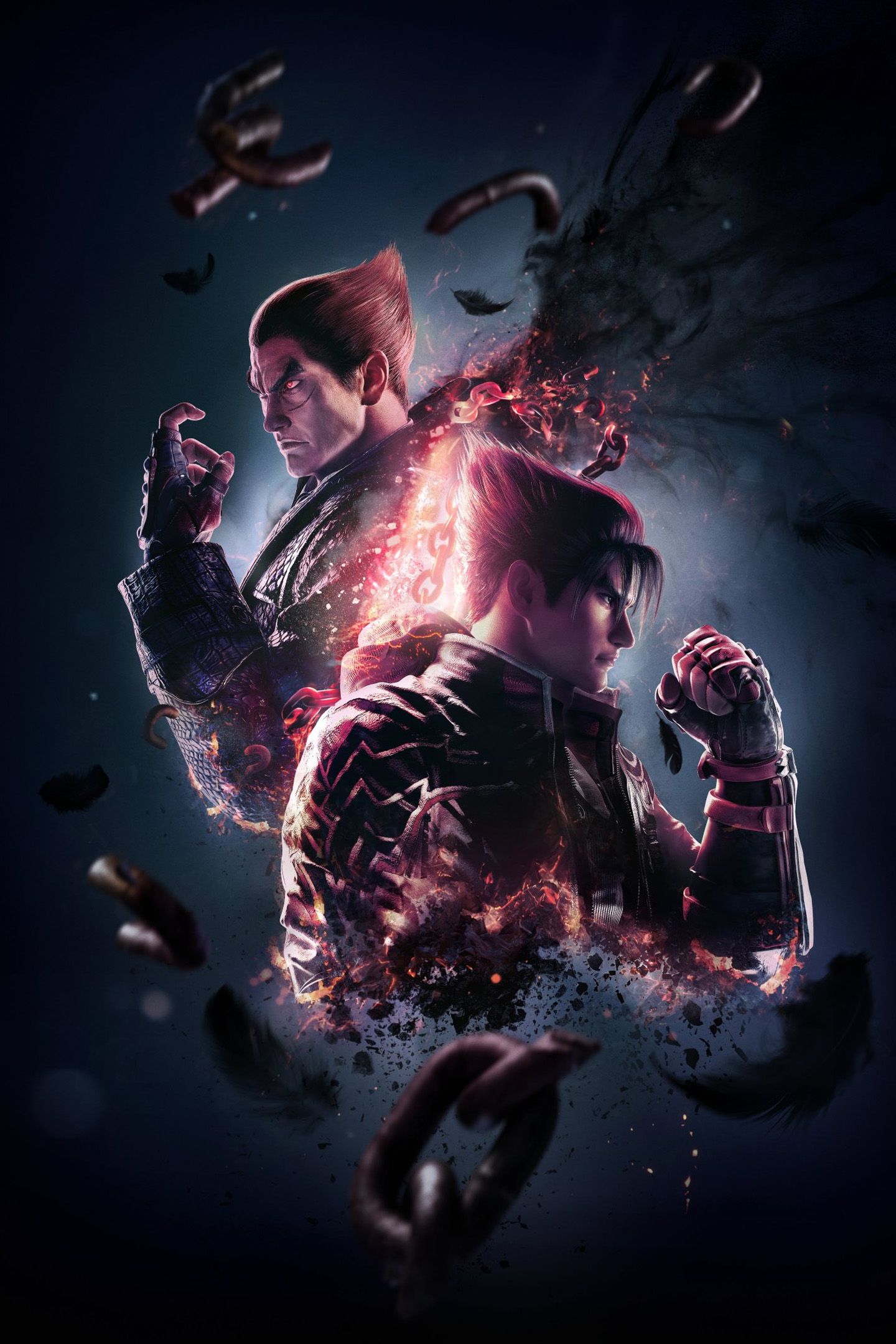
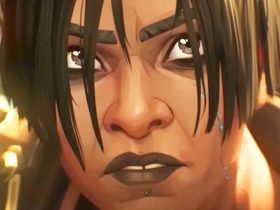
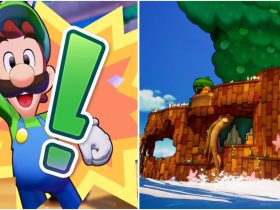

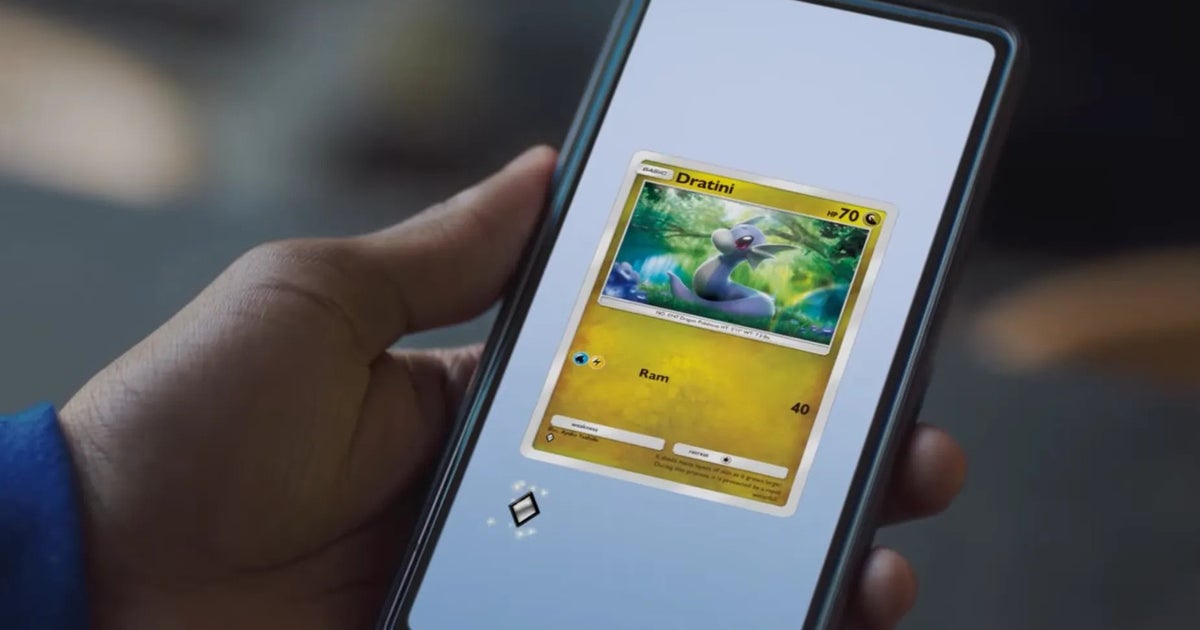

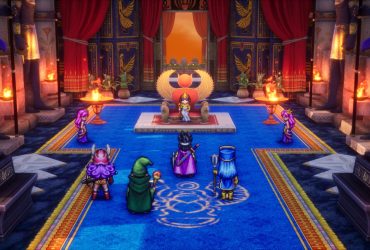
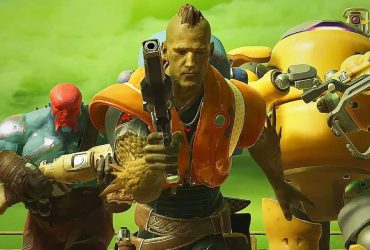

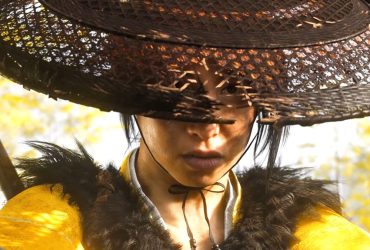

Leave a Reply